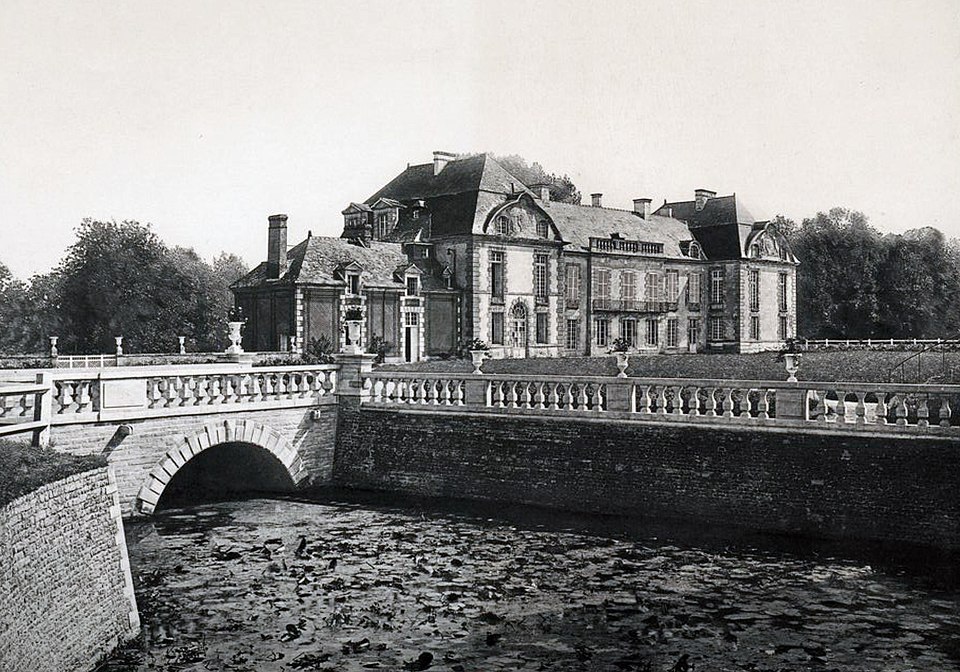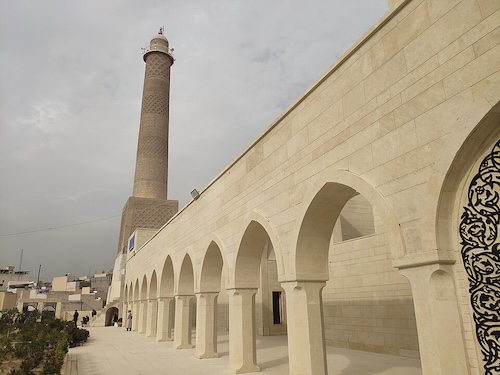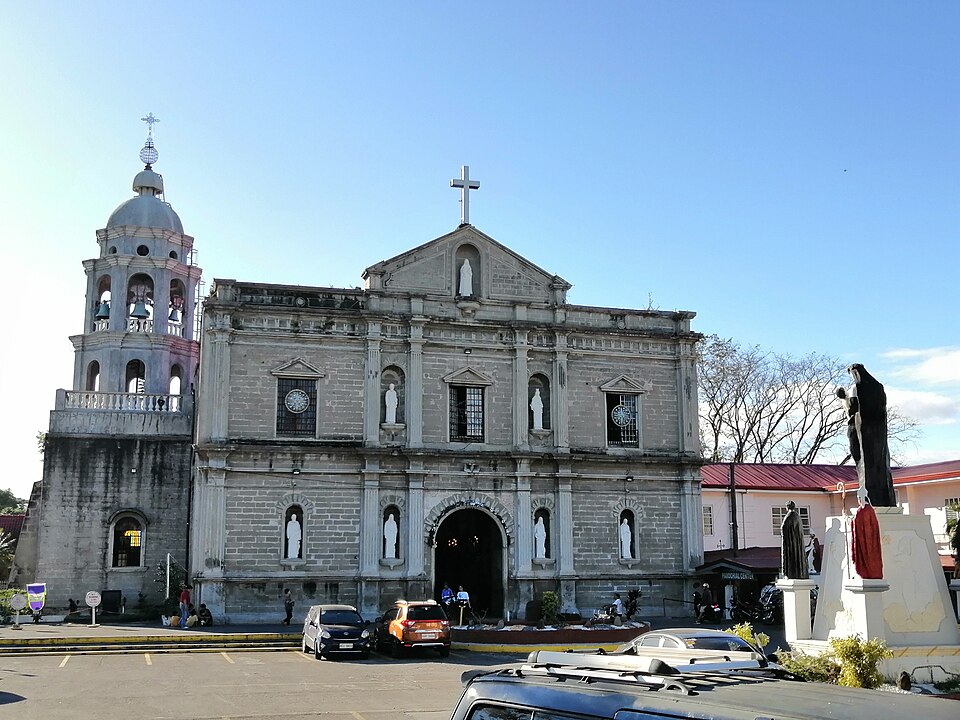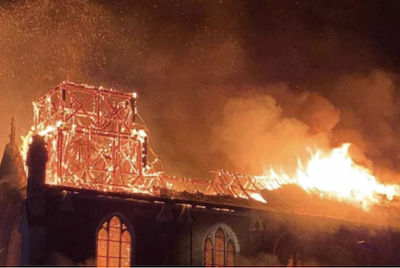St. Patrick’s Cathedral set on Fire in Myanmar Conflict
On March 16, 2025, St. Patrick’s Cathedral in Banmaw, in the Kachin State of Myanmar, was severely damaged by a fire that broke out during military operations conducted by soldiers of the State Administrative Council (SAC), the ruling military junta. The attack occurred around 4:00 pm, on the eve of the feast of St. Patrick, the saint to whom the church is dedicated. According the Agenzia Fides, the fire was intentionally started in the context of a military escalation that has already affected several ecclesiastical structures in the diocese of Banmaw.
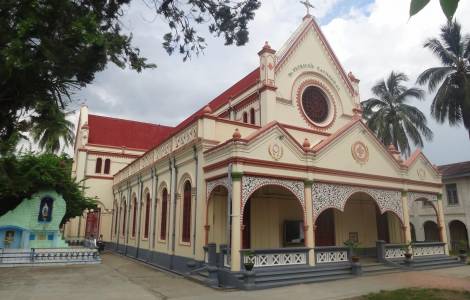
St. Patrick’s Cathedral is just the latest target in a series of systematic attacks on religious buildings by the Burmese military since the start of the civil war in 2021. On February 26, 2025, less than a month before the cathedral fire, the military had already set fire to the priest’s house, the three-story building housing the diocesan offices, and the diocese’s high school.
Just two weeks before the attack on the cathedral, on March 3, the military had also destroyed the pastoral center of St. Michael’s Church, also within the diocese of Banmaw. In addition, on February 6, an air strike had hit the Sacred Heart Church in Chin State, severely damaging it. The latter is located in an area inhabited by a significant Christian population belonging to persecuted ethnic minorities.
A heritage at risk in a context of total war
The diocese of Banmaw, established in 2006 and currently led by Bishop Raymond Sumlut Gam, extends over a mountainous area of over 10,000 km² on the border with China. Before the conflict began, the region was home to a civilian population of over 407,000 inhabitants, including 27,000 Catholics belonging to various ethnic groups.
The destruction of St. Patrick’s Cathedral, built by the missionaries of the Society of St. Columbanus between 1958 and 1959 and consecrated in 1960, represents not only a religious, but also a historical and cultural loss for the entire community. Despite the extent of the fire, the building, although heavily damaged inside, miraculously remained standing, with walls and roof still intact.
Crimes against civilians and protected heritage
The conflict in Myanmar erupted after the military coup on 1 February 2021, when the army overthrew the democratically elected government of Aung San Suu Kyi. Since then, armed resistance groups including members of the Buddhist Bamar ethnic group have joined forces with historically marginalised ethnic minorities, some of which have a strong Christian presence.
Numerous investigations by international human rights agencies and the United Nations have documented evidence of systematic violations by the armed forces: indiscriminate bombings of civilians, summary executions, mass burnings of homes and attacks on religious buildings, which enjoy special protection under international humanitarian law.
The burning of St Patrick’s Cathedral in Banmaw is emblematic of the devastation that the conflict in Myanmar continues to inflict not only on the civilian population, but also on the country’s cultural and religious heritage. In a context where war indiscriminately affects sacred places and homes, the urgency of international action to protect religious freedom, safeguard cultural heritage and stop an increasingly destructive spiral of violence emerges forcefully.
